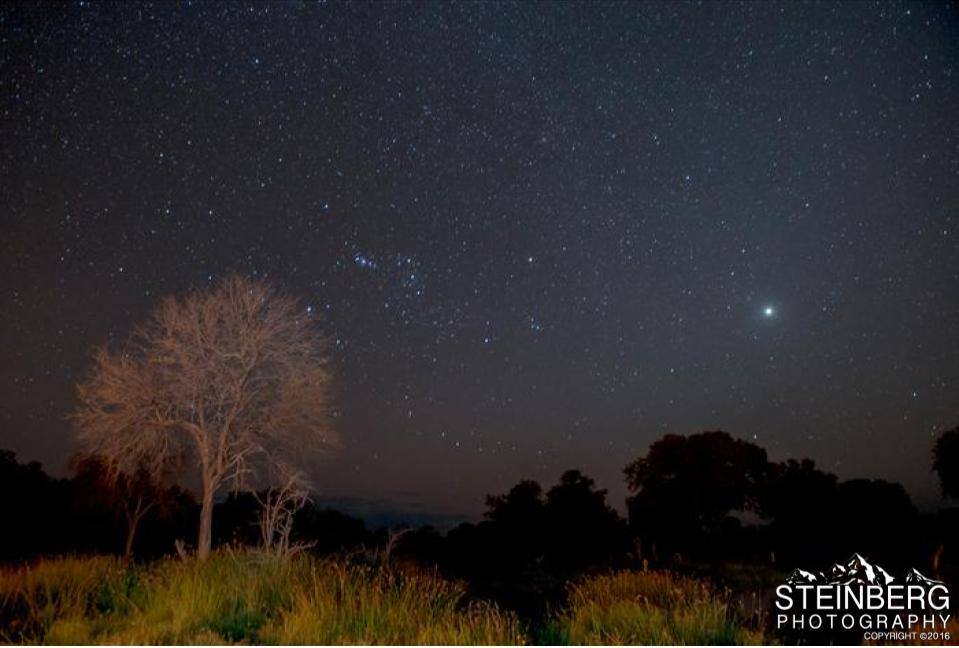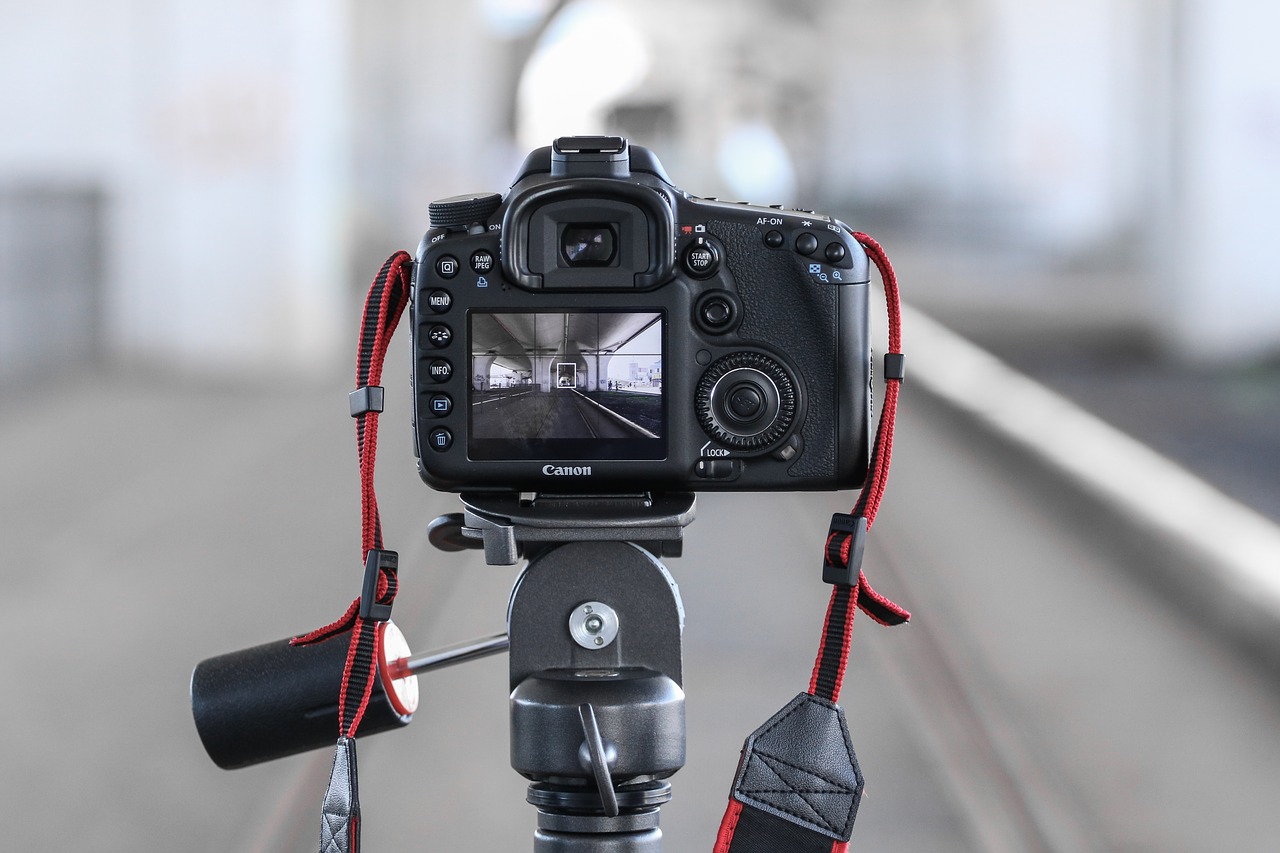August 1st marks the halfway point of summer, so it’s the perfect time to start planning your fall photography trip. Use these ten tips to diversify your portfolio or perfect your technique!
1. Capture Seasonal Creatures
To capture the best wildlife shots, learn the habits of the animal you’d like to shoot. Figure out when and where they are the most active or visible, and be there! For nocturnal creatures, consider setting up a camera trap.
For your safety and theirs, avoid getting too close by using a big telephoto lens of at least 300mm. When shooting skittish critters or in low light, a fast lens like an f/2.8 or f/4 will be your best bet.
2. Love Lush Landscapes?
Fall is a great time to plan a photography road trip! I wrote about the best spots to see from West to East to help get you started. To capture lovely fall landscapes, consider shooting during “the golden hour,” which is right after sunrise or before sunset when the sun’s light is warmest.
3. Don’t Miss the Mist
Also at sunrise, and due to autumn’s cool nights and warm days, there is often haunting yet beautiful mist that you don’t want to miss. It can add an alluring layer to your shots.
4. Perfect Your Portraits
Autumn is the perfect time to take family photos. You can utilize the low sun from late morning into early afternoon by facing your models into the sun. This position gives you well-lit shots without the need for flash or reflectors. Plus, the colors of nature add charm and warmth to photos.
5. Take Advantage of Reflections
Get twice the pleasure from fall foliage views by catching reflections of flora and fauna in the water. Shooting from a high vantage point with your back to the sun will help you maximize the reflected colors. Make sure to head out on a calm day when the waters are still.
6. Get in Close
The leaves in autumn turn color and reveal the delicate design of veins, making them a great subject for close-up photography. A macro lens will capture larger-than-life detail.
7. Set Up a Still Shot
Want to get your creative fix, but it’s getting a little too cold? Consider setting up a mini studio indoors. You can use a tripod and set your camera to live view in order to fine-tune your composition. Take this time to capture food, flowers, and seasonal décor.
8. Capture Fall Contre-jour
This French term means “against daylight.” So, use the sun’s rays to backlight your subject. This setup is strongest when shooting in the morning or afternoon, and make sure your subject at least partially blocks the sun. Use this technique to create distinct contrasts and focus on your subject.
9. Have Fun With Fireworks
Set up a tripod and a remote release before the display begins for best results. Stay upwind so that the smoke drifts away from the camera. You should also try to avoid spectators who may interfere with the shot or your equipment. Also, shoot wide and crop later if you need to.
10. Snag Stag Shots
Autumn brings with it a lot of stunning natural scenes, including rutting—a sight to see as stags lock antlers in competition for female attention. Keep your distance. This is an aggressive moment, so it’s best to use a long telephoto lens with a wide aperture. This setup will also help separate the deer from their background. Shooting into the light on an early misty morning and adjusting your exposure for a brighter sky will put the deer in silhouette.
Join Us for an Autumn Photography Adventure in 2019
Visit our Workshops & Photo Tours page to tell us you’re interested in visiting Oman this Fall, and we’ll send you more info!
































